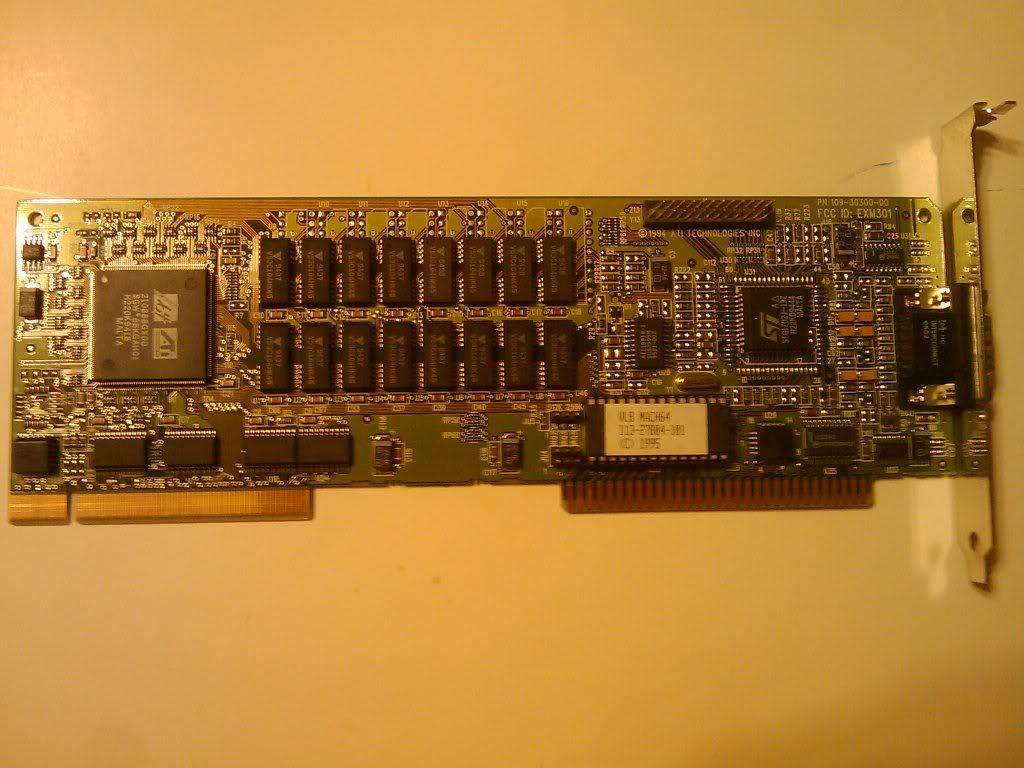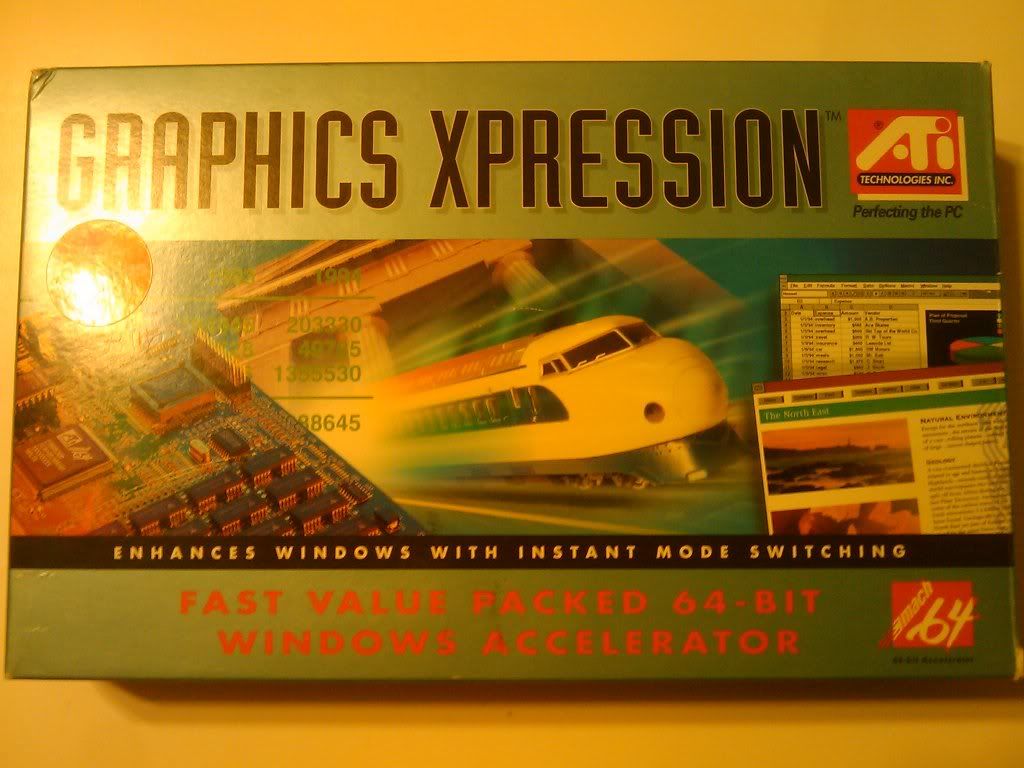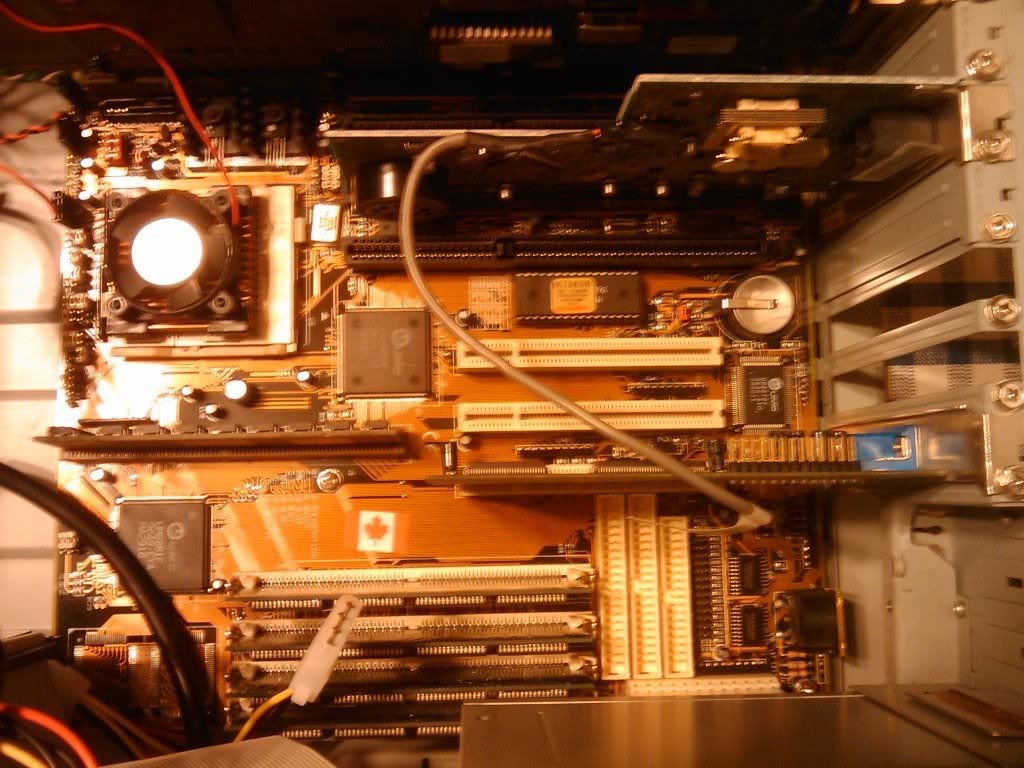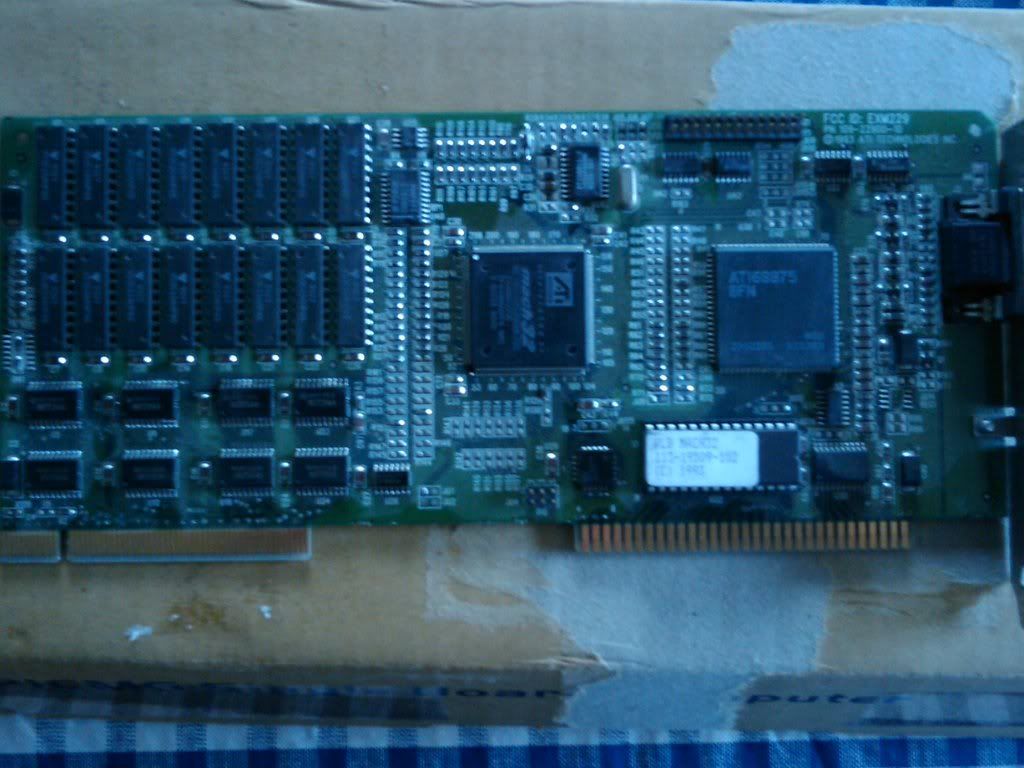scharfshutze009
2[H]4U
- Joined
- May 22, 2010
- Messages
- 2,079
This is similar to my version of the ATI GRAPICS XPRESSION using the Mach 64GX family. It has 2MB of video RAM for 256 colors at 1280x1024, 65,000 colors at 1024x768, and 16.7 million colors at 800x600. I bought it on ebay several years ago. It was new in box still in the shrink wrap until I opened it although it still has not been used by me.


![[H]ard|Forum](/styles/hardforum/xenforo/logo_dark.png)




